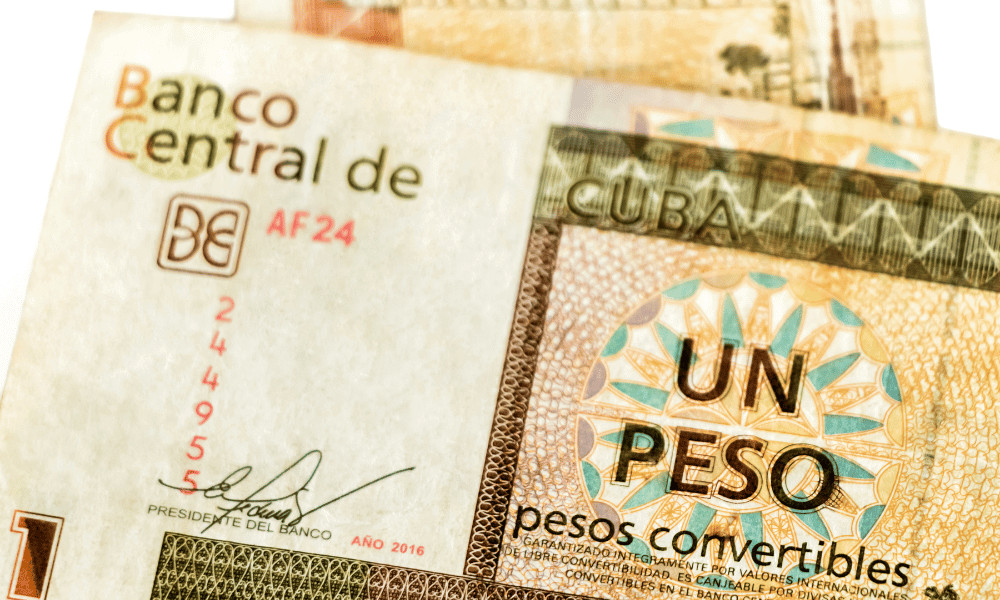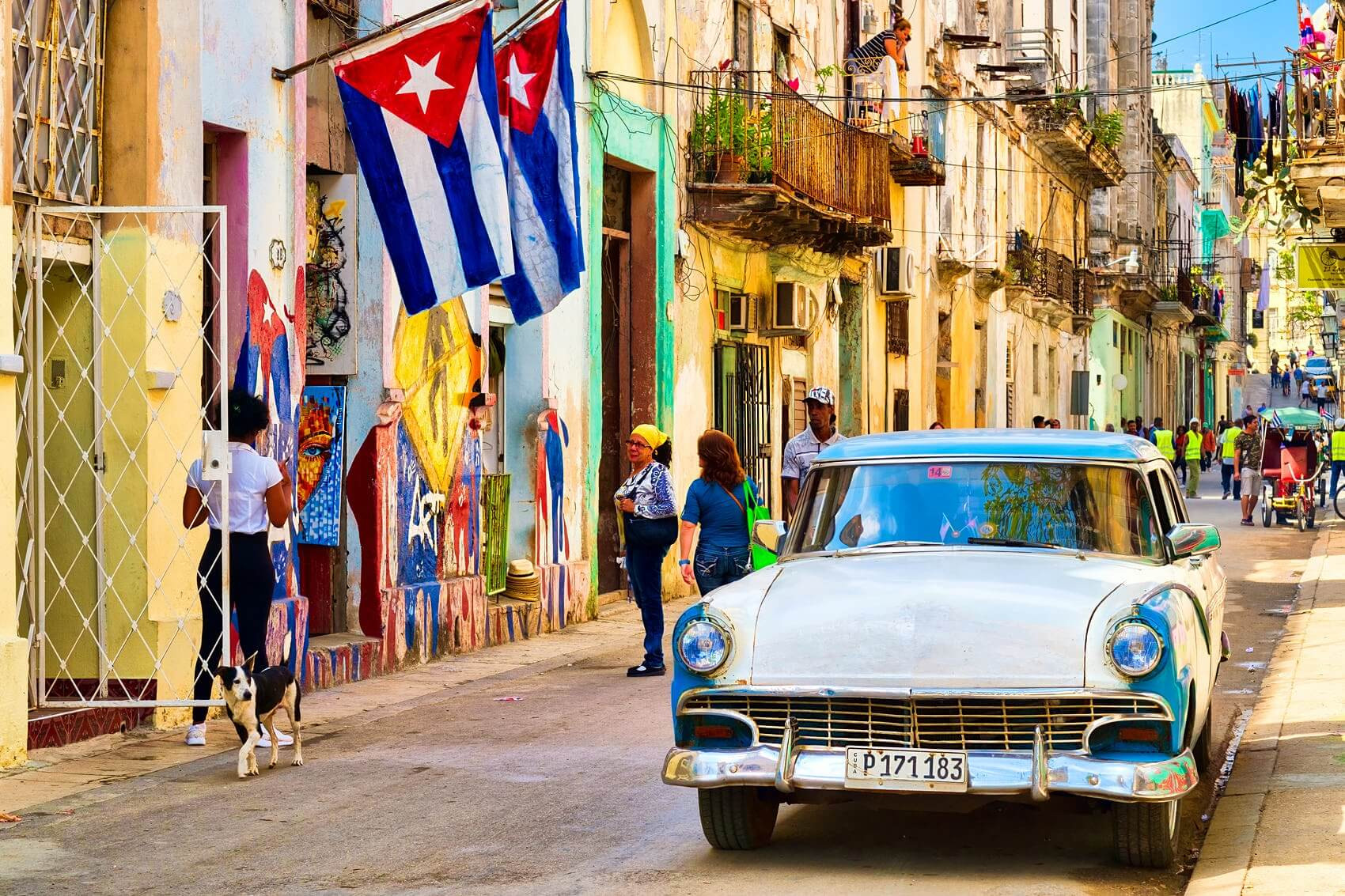More than three years after Cuba dismantled its dual currency system, understanding Cuban Money remains a crucial aspect of travel planning. The Cuban Convertible Peso (CUC) is gone, leaving the Cuban Peso (CUP) as the sole official currency. While this might sound straightforward, the reality of money in Cuba is anything but simple.
Cuba is transitioning towards a digital economy, and while bank cards are becoming more useful, cash is still king. Official sources state that the CUP is the only legal tender, but to truly maximize your trip and your budget, a deeper understanding of the financial landscape is essential. Money has always been a complex issue in Cuba, and for anyone planning a visit, rethinking your spending strategy and what currency to bring is paramount.
Let’s delve into the history of Cuban money over the last three decades, explaining how it reached its current state and, importantly, why bringing USD or EUR cash is still the most practical advice for any trip to Cuba.
The Soviet Era: Stability and Subsidies (1961-1991)
For thirty years, from 1961 to 1991, Cuba’s revolutionary economy was heavily reliant on Soviet support. This came in the form of Soviet oil, investments, and subsidized imports from Eastern Bloc countries. During this period, the Cuban Peso (CUP) maintained stability. While Cubans weren’t affluent, the average wage adequately covered daily necessities such as rent, utilities, food, clothing, and social activities. This era provided a sense of economic security and predictability regarding Cuban money.
The Dollar’s Dominance: Cuba in the 1990s (1993-2004)
My first experience with Cuban money was during the economic fallout following the Soviet Union’s collapse in 1991. Suddenly, the only currency accepted was the USD. Why? The withdrawal of Soviet support led to a severe economic crisis in Cuba as business partners vanished. The CUP plummeted in value, and the USD emerged as the de facto currency for valuable transactions. The strength of the USD was so significant that the Cuban government legalized it in 1993. From then until 2004, the USD was widely used for purchasing goods in both state-run and burgeoning private businesses. This period marked a significant shift in the landscape of Cuban money, with the US dollar at its center.
The CUC Era: A Dual Currency System (2004-2021)
Legalizing the USD must have been a politically challenging decision for Fidel Castro’s government. However, pragmatism and the growth of tourism allowed Cuba to gradually recover from its severe economic downturn. The influx of USD facilitated investment in the nation’s future.
During the late 20th century, a new currency, the CUC (Cuban Convertible Currency), was introduced. Effectively, it was a USD equivalent in Cuban guise. Pegged at a 1:1 ratio with the USD, the CUC replaced the USD, which was removed from circulation in 2004.
The CUC became the primary currency for most transactions. Despite initial skepticism about its legitimacy, its stability allowed it to be accepted even internationally, such as in Panama’s free zone.
However, the CUC’s existence created a complex dual economy in Cuba. For nearly two decades, the exchange rate remained fixed at CUC1:CUP24. The major issue was that while Cuban salaries were paid in CUP (averaging less than CUP1000 per month), most desirable goods were priced and sold in CUC. This made everyday goods incredibly expensive for the local population, highlighting the disparity in the Cuban money system.
 Cuban peso note
Cuban peso note
2021: Economic Reform and Currency Unification
For years, the need for economic reform and the elimination of the dual currency system was a constant topic of discussion in Cuba. In a move that surprised many, the Cuban government abolished the CUC during the midst of the Covid-19 pandemic.
Cuba’s economy is heavily reliant on tourism, a vital source of foreign income and investment. The pandemic’s impact, coupled with the resulting tourism collapse and economic crisis, was intensified by the CUC’s withdrawal, which began on January 1st, 2021.
With the CUC now completely out of circulation, the CUP has once again become the single official Cuban currency.
Simultaneously with the currency unification, the Cuban government initiated the digitalization of the economy. This included introducing bank cards to the Cuban population and developing mobile apps for digital payments of utilities and services.
This modernization, including improved access to Wi-Fi, has been generally welcomed. However, while the Cuban Convertible Peso (CUC) is gone, the underlying need for foreign currency in the Cuban economy has not disappeared. In a twist reminiscent of “The Emperor’s New Clothes,” a new digital currency emerged: MLC (Moneda Libremente Convertible), essentially the USD in digital form! MLC is used for purchases in designated stores via the new bank cards issued to Cubans.
While salaries are paid in CUP, which can cover basic utilities and some food, its purchasing power is limited. Shops stocking imported goods, including essential items like food, medicine, toiletries, and appliances, exclusively accept MLC. To access MLC, Cubans must load their bank cards by purchasing foreign currencies like USD, EUR, or GBP, which are often inaccessible without support from overseas family or friends. This creates a paradoxical situation regarding Cuban money and access to goods.
 Call to action image
Call to action image
Essential Money Advice for Your Cuba Trip
With over 20 years of experience crafting sustainable Cuba tours, Cubania is here to assist you. From visa requirements to travel advisories and packing essentials, our practical information hub provides the latest Cuba travel tips! Understanding Cuban money is a key part of this preparation.
What Currency Should You Bring to Cuba?
This is a critical question! The official currency is the CUP, and prices are now primarily displayed in CUP (except in MLC stores). But let’s break down what this means for you as a traveler.
Due to Cubans’ historical reliance on the black market for hard currency, prices in private restaurants (paladares) and accommodations (casas particulares) often reflect unofficial exchange rates.
Consider this personal experience from early 2022:
Ordering four takeaway Margherita pizzas at Juanky’s Pizza, priced at CUP 230 each, initially seemed expensive. Using the official exchange rate at the time (CUP24:USD1), each pizza would cost an exorbitant $9.58, totaling nearly $40 for four! While the pizza was decent, it wasn’t that good.
Sensing my surprise at the bill, the waiter asked, “Cambiaste tus Euros por izquierda, verdad?” (You exchanged your Euros on the black market, right?). At that time, the black market rate was around CUP100:USD1, making each pizza a much more reasonable $2.30.
Our guides excel at helping clients navigate these exchange rates and currency choices. Typically, they recommend exchanging only a small amount into CUP, keeping the majority of your funds in hard currency.
This leads to our key recommendations regarding Cuban money for travelers:
-
Bring USD or EUR Cash, in Small Denominations: (€5, €10, and €20 notes are ideal).
For everyday expenses like food and drinks during your Cuba trip, USD or EUR are widely accepted.
Despite official exchange rates, Cubans still prefer USD/EUR cash. Bring the currencies they want.
Many paladares list prices in CUP but readily provide bills in USD/EUR, sometimes even pre-calculated. Why? Because these businesses need USD/EUR to purchase supplies by loading MLC onto their bank cards – a mutually beneficial arrangement.
-
Exchange a Small Amount (USD or EUR 50) into CUP for Incidentals:
We advise exchanging currency only at official exchange bureaus (CADECAs). Consult your local guide or casa owner for the best advice on when and where to exchange. Avoid airport exchanges due to unfavorable rates.
-
Bring Your Bank Card, but Don’t Rely on It:
Cuba is gradually embracing digital payments, and some government-owned establishments may accept bank cards. ATMs are also becoming more common. However, for now, assume your bank cards will have limited usability in Cuba. Before traveling, verify if your card will work in Cuba (US-issued cards generally won’t due to the US embargo).
Bank cards can be used in government stores for purchases like rum, coffee, souvenirs, and cigars, as well as in larger hotels and some restaurants. Duty-free shops at departure points also accept cards for last-minute cigar and rum purchases.
For the foreseeable future, Cuba remains a predominantly cash-based society. Its economic intricacies regarding Cuban money are undeniable, yet the country’s warm hospitality remains constant.
For more comprehensive Cuba travel advice, read our Travel Tips for Cuba 2023 article.
 Call to action image
Call to action image
Planning Your Unforgettable Cuba Adventure?
With over two decades of experience organizing sustainable Cuba tours, Cubania is your trusted partner. Whether you’re interested in Cuba cycling tours, family adventures, or LGBTQI-friendly travel, we offer something for everyone! Let us help you navigate Cuban money and all other aspects of your trip for an exceptional Cuban experience.